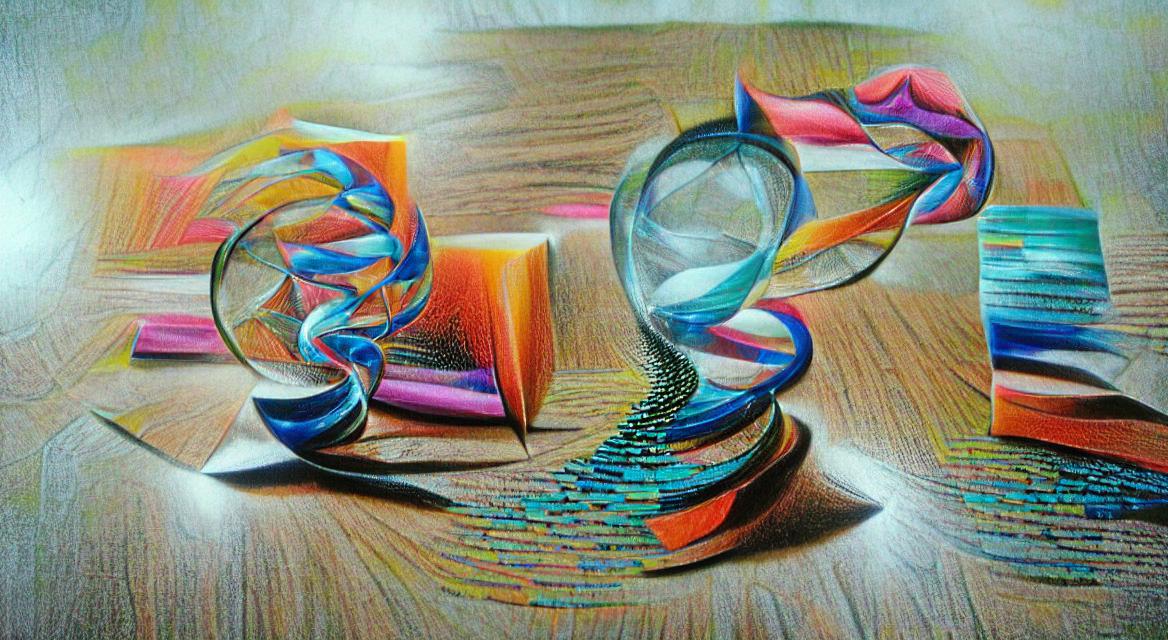Ephemeral & Long-lasting (Paradox Pair #23)
Developing a solution is like solving a mystery, adding forensic knowledge with each attempt, exploring clues and assembling a sequence. The solution to our mystery today will be replaced by future ideas, making everything more ephemeral than we initially imagined.

We often push back when we think our current efforts will soon be replaced. We label it busy work, we lose sight of the long term purpose. Yet we also know that improvement sometimes comes in fits and starts, a jagged line rather than a smooth arc. We like to think our contributions will have a lasting impact. In fact they usually do ... if we allow ourselves to reframe. Our temporary fix today may be an important piece of the puzzle allowing us to see what’s around the bend more clearly. It advances our starting position, giving us a new perspective — sometimes new inspiration — about how to solve something in a novel way. Only after we try “this” do we learn enough and get inspired to try “that”. Developing a solution is like solving a mystery, adding forensic knowledge with each attempt, exploring clues and assembling a sequence. Once a solution is in place ...
the creative urge has us staring at the mystery and trying to solve something else, and in doing so we create new working principles and rules of thumb - heuristics that work. -Adrian Peryer
We are reminded that without change all things gradually decline toward entropy. The solution to our mystery today will be replaced by future ideas, making everything more ephemeral than we initially imagined. This is because creativity is not bounded, it is infinite and ever expanding. It is long-lasting, whereas our solution will not be.
So it’s a cycle not a linear flow. It’s uncomfortable to win because we need to be humble and be prepared to give up our winning position — and try to win again, and again. Explore, expand, exploit and explore again. -Adrian Peryer
Breadcrumbs to Explore
The Paradox Pairs series is an exploration of the contradictory forces that surround us. A deeper study finds that these forces often complement each other if we can learn to tap into the strength of each. See the entire series by using the Paradox Pairs Index.




